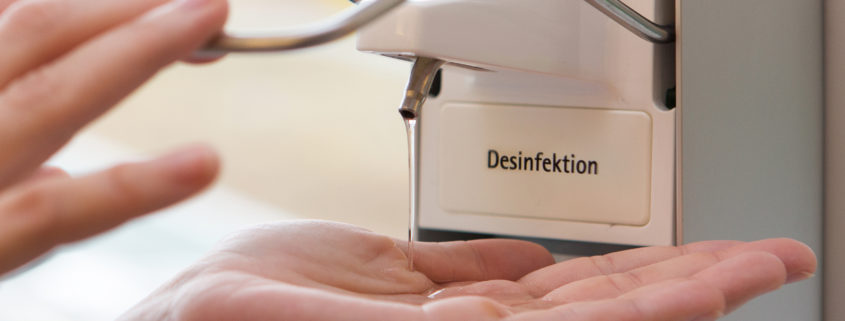Can too much hygiene be harmful?
It’s flu season again. So, it’s time to be cautious with hygiene, especially for those who have not (yet) received their annual flu jab.
A statistic from the Federal Office of Public Health expects that the threshold of 69 reports per 100,000 inhabitants will be exceeded by mid-January 2020. The peak of flu cases could be reached between January and February, and this year, the number could once again rise above 300 reports per 100,000 inhabitants.
The most frequently mentioned tip to prevent infection is the regular use of disinfectants. Many of these liquids promise to eliminate bacteria almost completely and are intended to promote hygiene.
However, disinfectants can have different properties. A distinction is made between the following:
Bactericidal:
Cause irreversible cell death in bacteria.
Virucidal:
Damage or deactivate viruses.
Limited virucidal:
Only effective against enveloped viruses (these are more easily damaged because they infect rather than destroy host cells).
Fungicidal:
“Fungus-killing” – kill fungi and their spores and inhibit their growth. Mainly used in clinics and hospitals.
The base of many disinfectants is alcohol, which effectively kills germs and viruses. This makes perfect sense in hospitals or doctors’ surgeries, as vulnerable patients should not be exposed to additional risks.
The disadvantage of alcohol-based disinfectants is that they dry out the skin over time. In addition, certain ingredients can trigger allergic reactions upon use.
From a hygiene perspective, it is recommended to clean hands more frequently and thoroughly anyway. Regular household soaps can easily eliminate everyday household bacteria.
Household cleaning products are also completely sufficient for surfaces. Disinfectants for surfaces end up in drains and sewage systems, where they may cause more harm than the pathogens they eliminate in the home.



